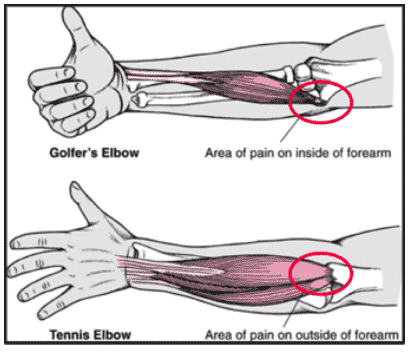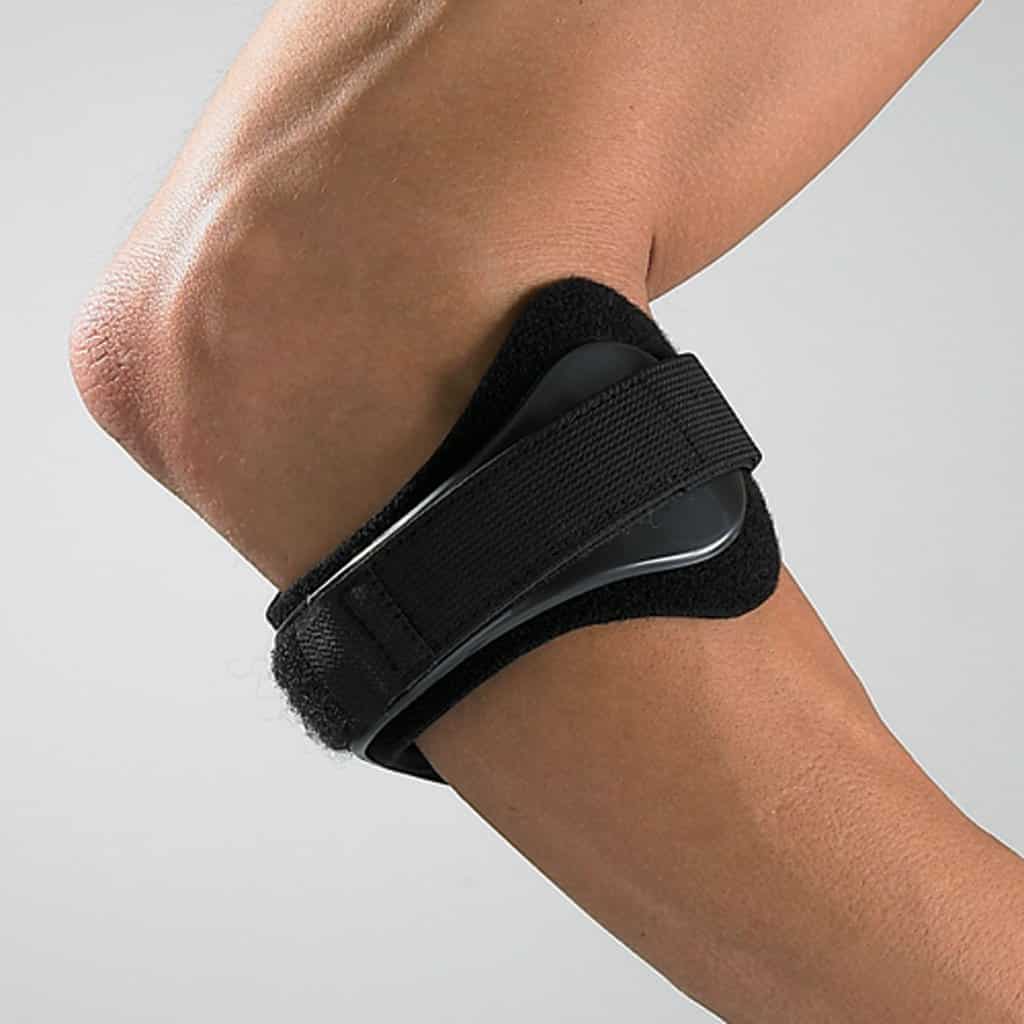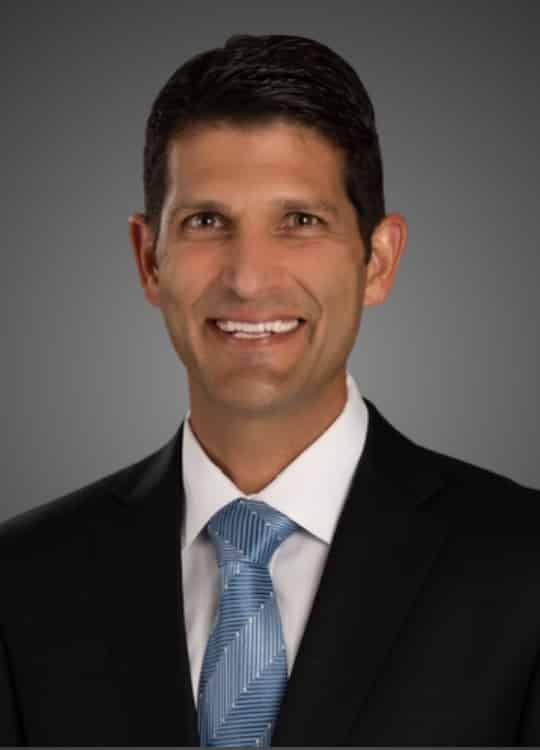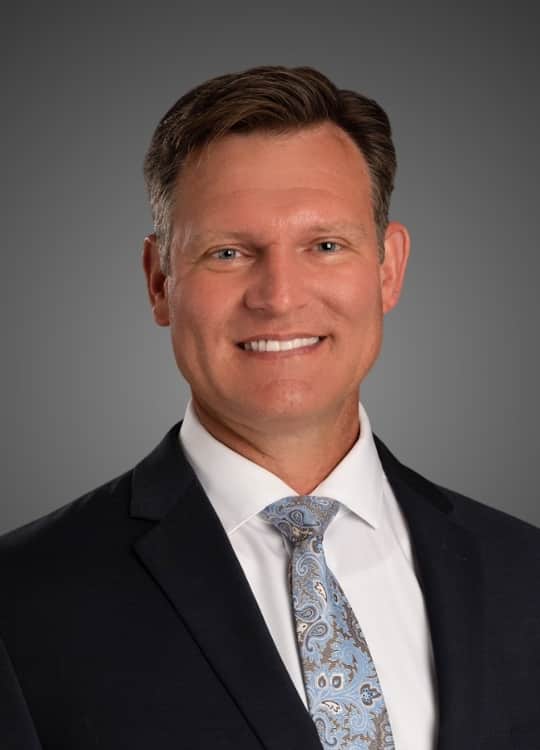Are you suffering from symptoms of Frozen Shoulder?
The Omaha Elbow Specialists at MD West ONE can properly diagnose and treat Frozen Shoulder through non-surgical and surgical treatments. If you have the following symptoms, you may want to make an appointment with one of our Board Certified Specialists.
Symptoms of frozen shoulder are divided into three stages:
- The "freezing" stage: In this stage, the shoulder becomes stiff and is painful to move. The pain slowly increases. It may worsen at night. Inability to move the shoulder increases. This stage lasts 6 weeks to 9 months.
- The "frozen" stage: In this stage, pain may lessen, but the shoulder remains stiff. This makes it more difficult to complete daily tasks and activities. This stage lasts 2 to 6 months.
- The "thawing" (recovery) stage: In this stage, pain lessens, and ability to move the shoulder slowly improves. Full or near full recovery occurs as normal strength and motion return. The stage lasts 6 months to 2 years.

Meet MD West ONE's orthopedic specialists and learn more about how they treat Frozen Shoulder...
Frozen Shoulder: Non-surgical and Surgical Treatment(s)
What is Frozen Shoulder?
Frozen shoulder, also called adhesive capsulitis, is a painful condition in which the movement of the shoulder becomes limited.
Frozen shoulder occurs when the strong connective tissue surrounding the shoulder joint (called the shoulder joint capsule) become thick, stiff, and inflamed. (The joint capsule contains the ligaments that attach the top of the upper arm bone [humeral head] to the shoulder socket [glenoid], firmly holding the joint in place. This is more commonly known as the "ball and socket" joint.)
The condition is called "frozen" shoulder because the more pain that is felt, the less likely the shoulder will be used. Lack of use causes the shoulder capsule to thicken and becomes tight, making the shoulder even more difficult to move -- it is "frozen" in its position.
Are there any non-surgical treatments?
Treatment usually involves pain relief methods until the initial phase passes. If the problem persists, therapy and surgery may be needed to regain motion if it does not return on its own.
Some simple treatments include:
- Hot and cold compresses. These help reduce pain and swelling.
- Medicines that reduce pain and swelling. These include nonsteroidal anti-inflammatory drugs (NSAIDs), such as ibuprofen, and acetaminophen. Other painkiller/anti-inflammatory drugs may be prescribed by your doctor. More severe pain and swelling may be managed by steroid injections. A corticosteroid, such as cortisone, is injected directly into the shoulder joint.
- Physical therapy. Stretching and range of motion exercises taught by a physical therapist.
- Home exercise program. Continue exercise program at home.
- Transcutaneous electrical nerve stimulation (TENS). Use of a small battery-operated device that reduces pain by blocking nerve impulses.
If these simple treatments have not relieved pain and shoulder stiffness after about a year trial, other procedures may be tried.

What if the non-surgical options do not work for me?
These include:
- Manipulation under anesthesia: During this surgery, you will be put to sleep and your doctor will force movement of your shoulder. This will cause the joint capsule to stretch or tear to loosen the tightness. This will lead to an increase in the range of motion.
- Shoulder arthroscopy: Your doctor will cut through the tight parts of your joint capsule (capsular release). Small pencil-sized instruments are inserted through small cuts around your shoulder.
These two procedures are often used together to get better results.














